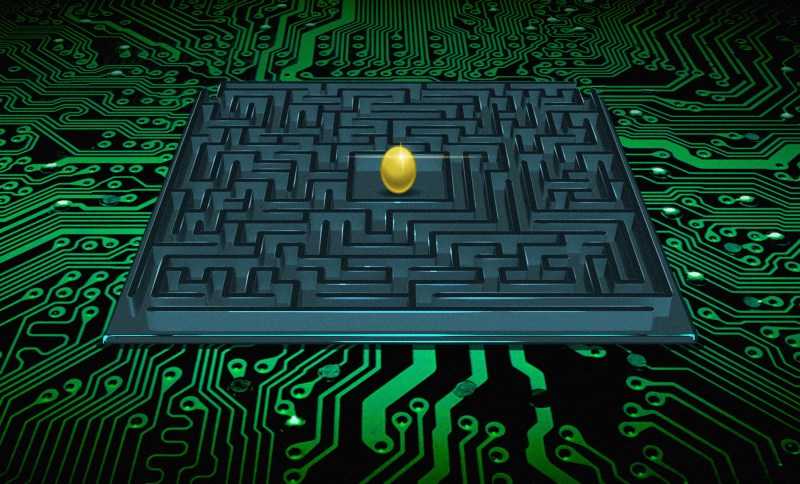In Search of The First Comment

Are you writing your code for humans or computers? I wasn’t there, but my guess is that at the dawn of computing, people thought that they were writing for the …read more Continue reading In Search of The First Comment
Collaborate Disseminate

Are you writing your code for humans or computers? I wasn’t there, but my guess is that at the dawn of computing, people thought that they were writing for the …read more Continue reading In Search of The First Comment
Our digital world is so much more interactive than the paper one it has been replacing. That becomes very obvious in the features of Jupyter Notebooks. The point is to make your data beautiful, organized, interactive, and shareable. And you can do all of this with just a bit of …read more
Continue reading Drops of Jupyter Notebooks: How to Keep Notes in the Information Age
Contrary to popular belief, LISP does not stand for “lots of irritating spurious parenthesis.” However, it is true that people tend to love or hate this venerable programming language. Whichever side of the fence you’re on, many of the ideas it launched decades ago have become staples of other newer languages. How much C code do you think it takes to make a functional LISP system? If you guessed more than 200, you’ll want to go look at this GitHub repository.
Actually, the code isn’t as good as the (sort of) literate programming white paper on the program, but it …read more
Most programming languages today look fairly similar. There’s small differences, of course (Python using spaces, Ruby and Perl have some odd-looking constructs). In the 1960s and 1970s, though, a lot of programming languages were pretty cryptic. Algol, APL, and LISP are great examples of unusual looking programming languages. Even FORTRAN and PL/1 were hard to read. RPG and COBOL were attempts to make programming more accessible, although you could argue that neither of them took over the world. Most programming languages today have more similarity to FORTRAN than either of those two languages.
A new programming language, Eve, claims to …read more